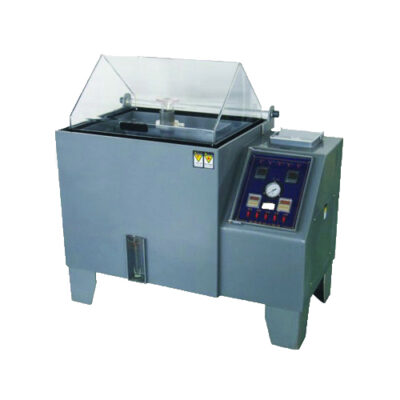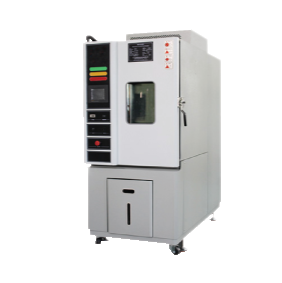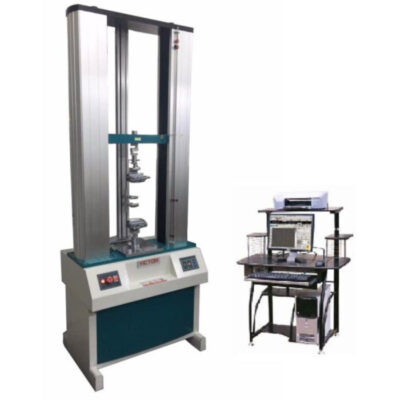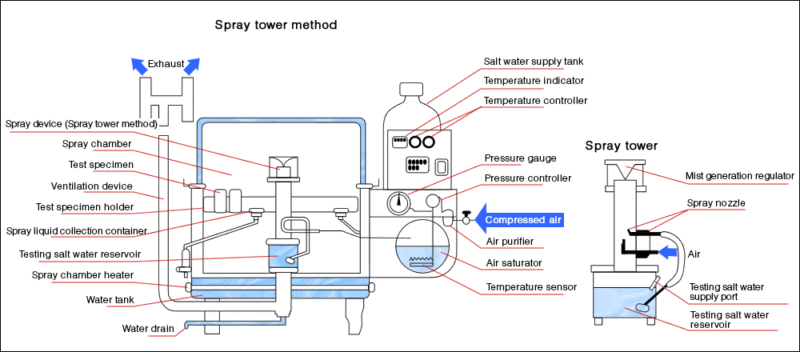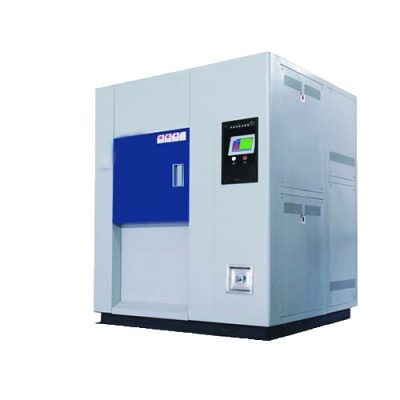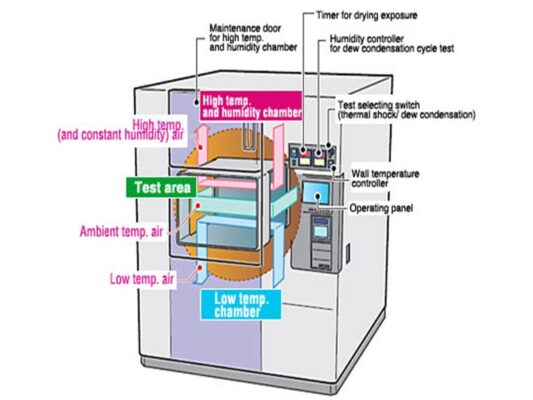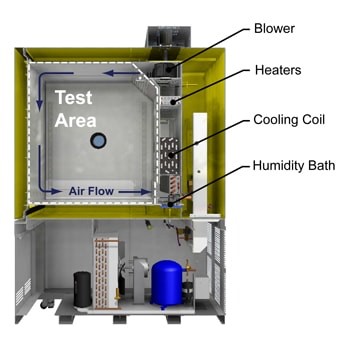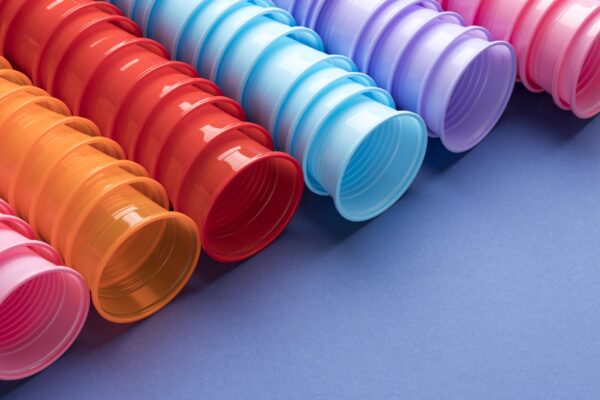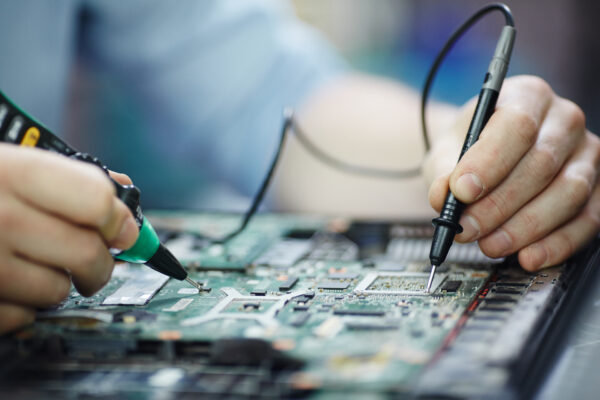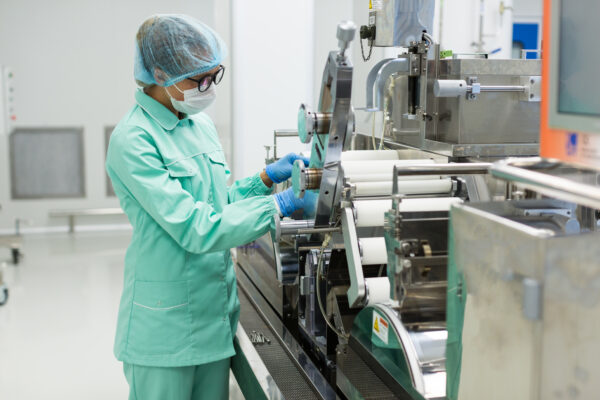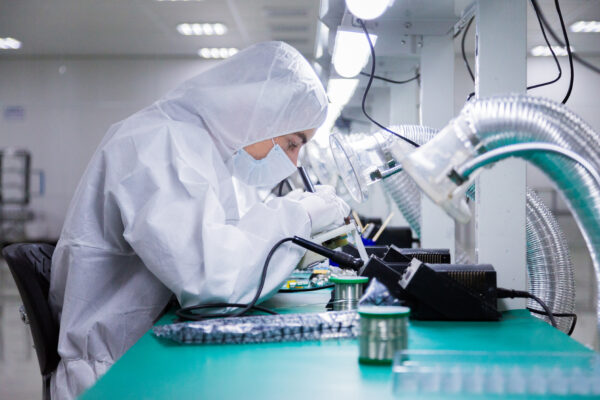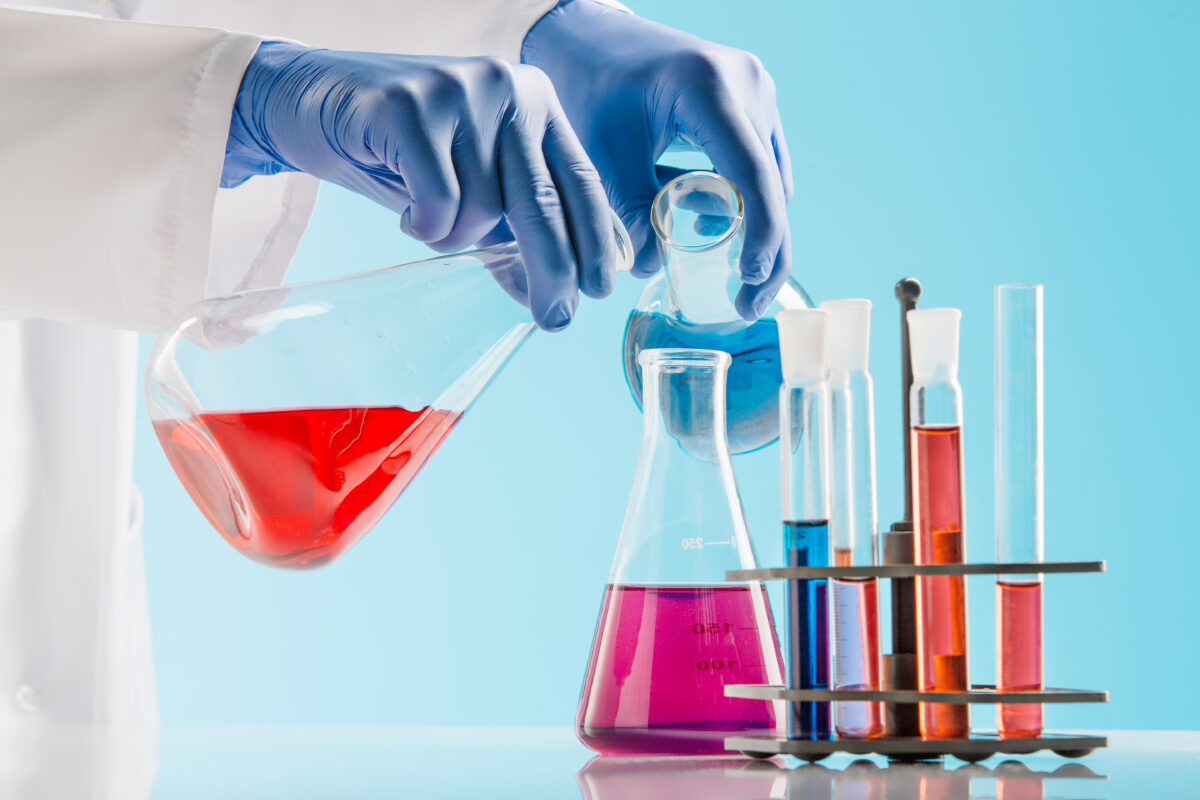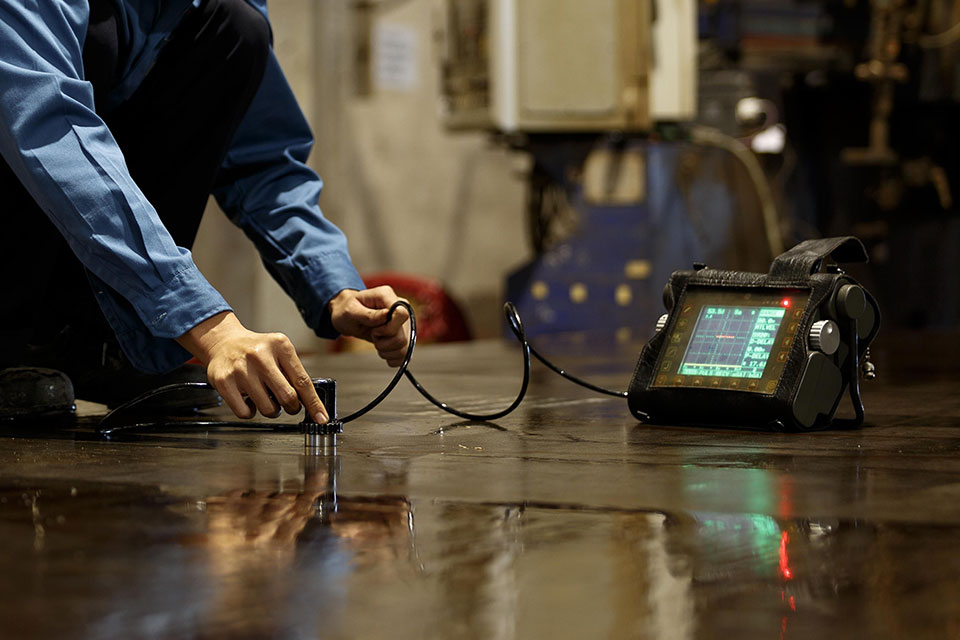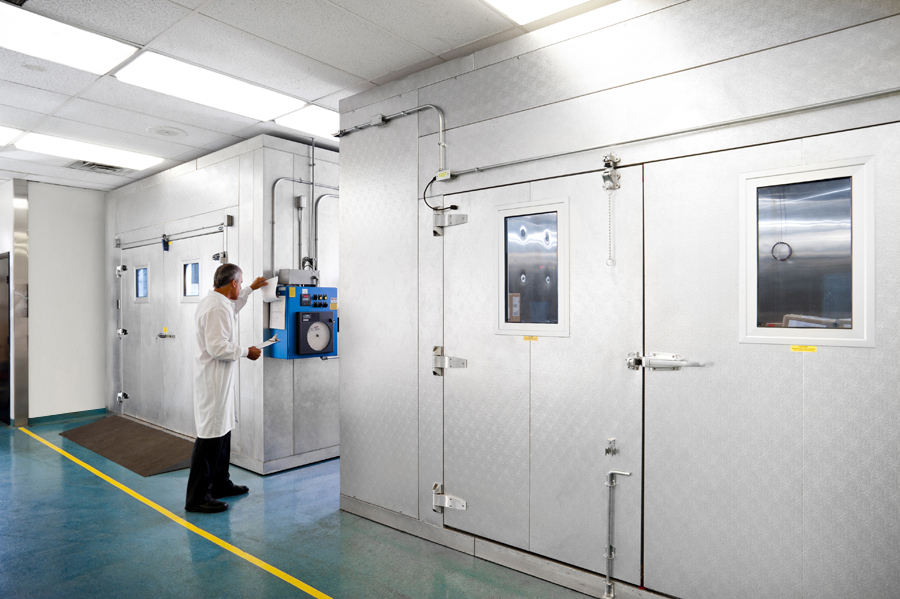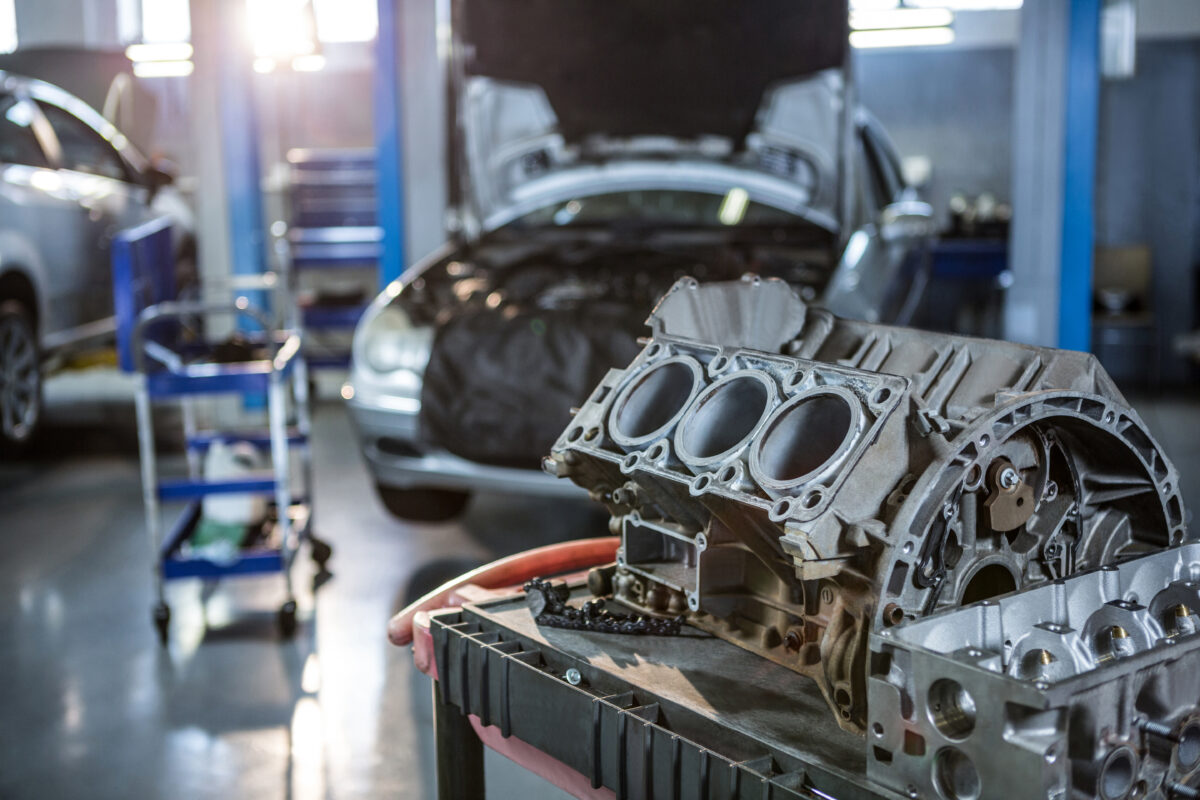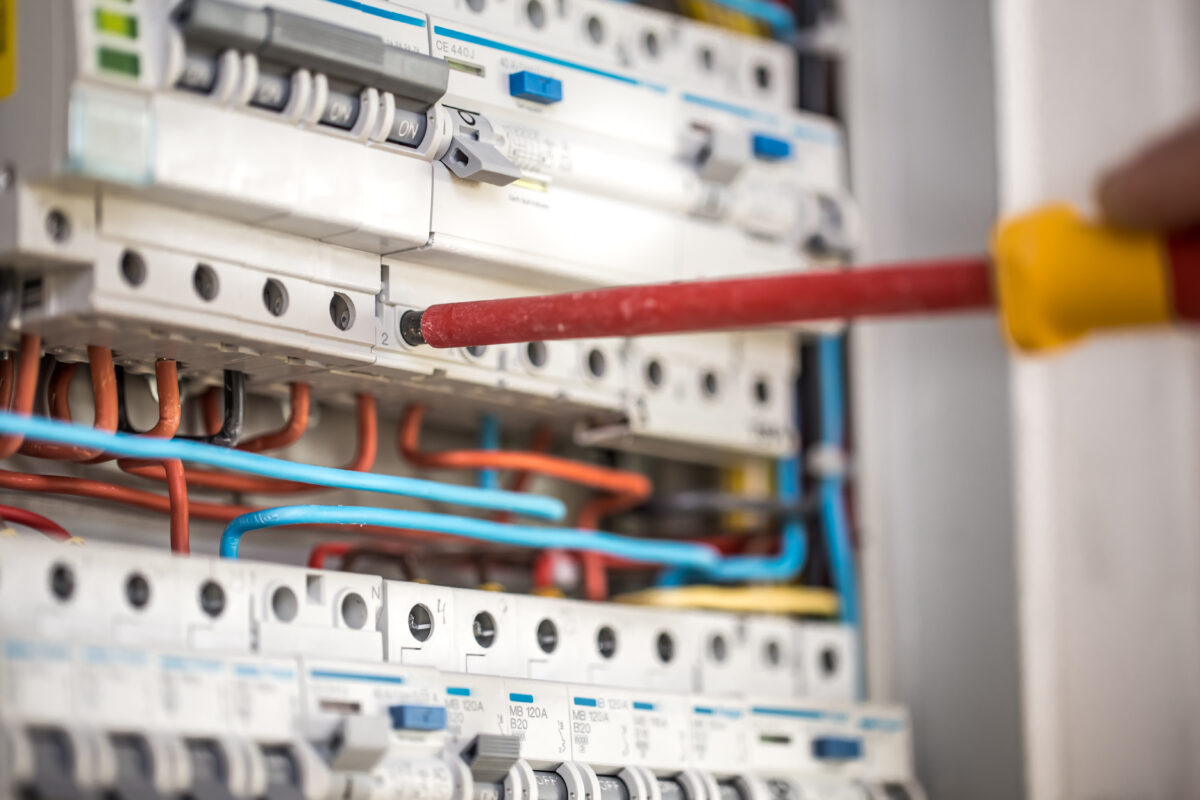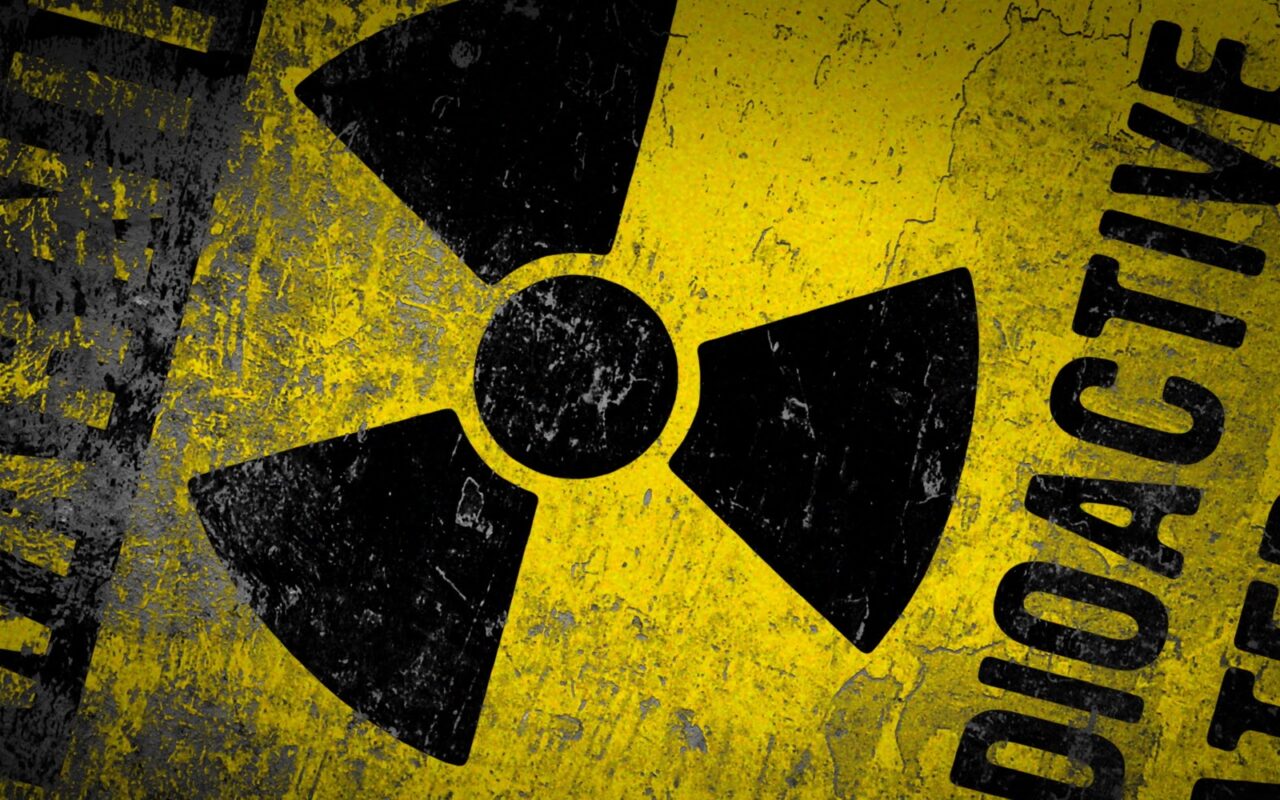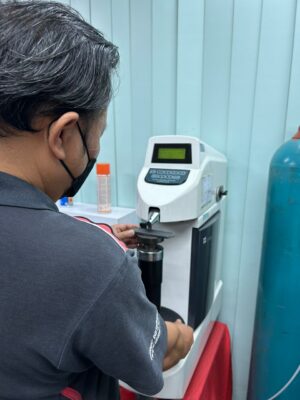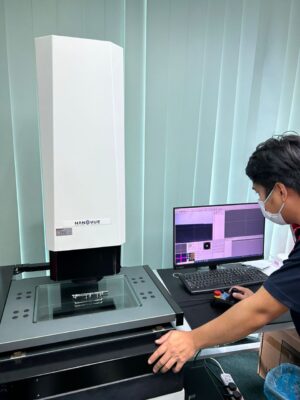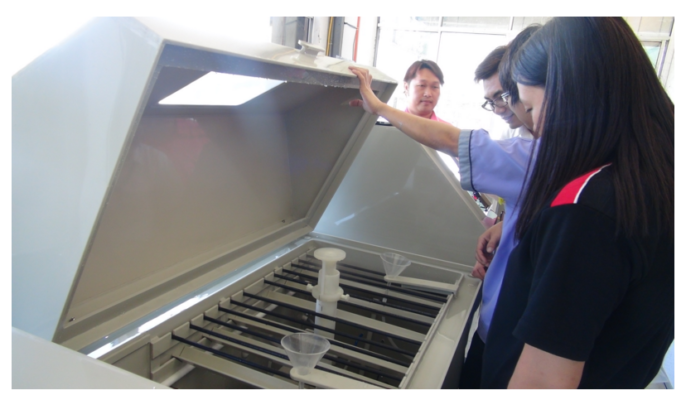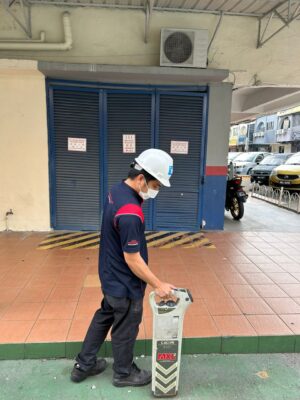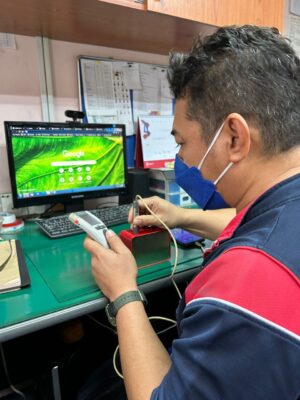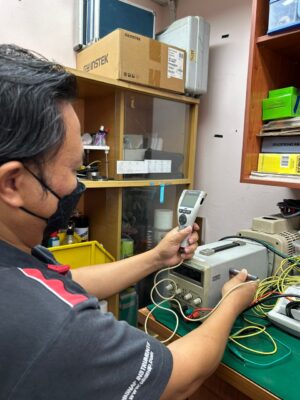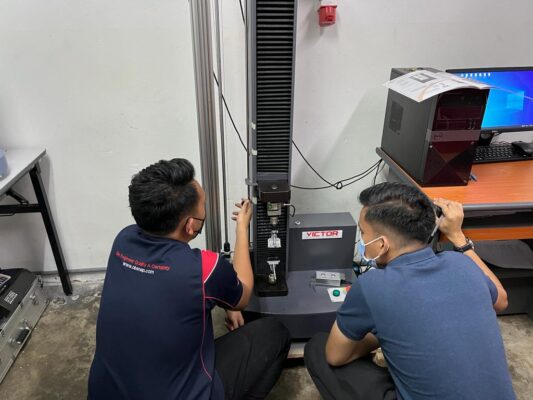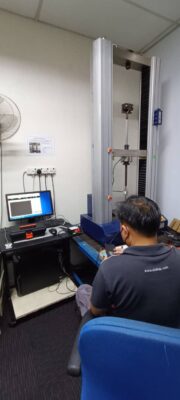Temperature Cycle Testing
Working Principal
The chamber is divided into three sections: the pre-cooling zone, the pre-heating zone, and the test zone. The three zones are self-contained. The damper switches the three compartments without moving the test product. When the temperature is normal, the blower introduces the ambient temperature into the test space. When the impact is low, the high temperature and normal temperature dampers are closed, the low temperature tank is connected with the test box, and the pre-stored cooling amount is instantaneously introduced into the test box; at high temperature, low temperature, and normal temperature, the high temperature and normal temperature dampers are closed; The damper is closed, and the high temperature tank interacts with the test box, allowing the pre-stored heat to be rapidly introduced into the test chamber. As a result, the goal of quick temperature change is met.
An air mixing room, a circulation air duct, a heating device and a circulating fan are installed in the high temperature zone, and the high temperature gas is blown out of the air duct through the test area to recover the cycle; the air temperature adjusting room and the circulation are installed in the low temperature zone. There are air ducts, heating and cooling systems, cold storage plates, and circulating fans installed. In the air ducts, air deflectors, dampers, and diffusers are fitted. The cold gas is blown out of the air duct and collected through the test area.
The temperature controller sends a command based on the temperature of the high temperature zone, the temperature of the low temperature zone, and the test temperature as measured by the temperature sensing body in the test chamber, and controls the heater output and the operation of the refrigeration unit via the calculus time and the SSR control module; the sample’s initial temperature can be set. The test requires the selection of a high or low temperature start, the test zone temperature, and high and low temperature impact conditions, as well as high and low temperature zones, to achieve the goal of rapid temperature change and high and low temperature.
The salt spray test chamber works on a simple premise: compress the corrosive solution into an air spray, spray the sample, and wrap the spray as much as possible around all sides of the sample. This test can be performed indefinitely or in cycles until the sample is corroded. The corrosion time is then recorded as the corrosion resistance of the sample. The longer the time, the stronger the corrosion resistance of the sample.
In the salt spray test chamber, the corrosion solution is typically 5% sodium chloride solution or 0.26 grammes copper chloride per litre added to the sodium chloride solution as the salt spray corrosion solution. Furthermore, the salt spray test chamber may regulate the sedimentation volume and the salt spray spray volume individually in order to maintain a constant test temperature, simple operation, and a stable test environment. As a result, it is commonly used to evaluate the corrosion resistance of everyday necessities or industrial equipment.
The test chamber is capable of reaching and maintaining any temperature in the test working environment, ranging from ambient to 50°C. Conduct salt spray corrosion testing on materials or products in a particular volume cabinet while keeping the temperature and relative humidity constant. This apparatus is manufactured of imported corrosion-resistant PVC plastic sheet, which does not react with salt-containing or acidic salt-containing solutions and so does not affect test results. In the design of this equipment, the internal and exterior pressures are balanced, and the salt spray can settle freely in the box and be adjusted to the range required by the national standard.
Application
Thermal shock chambers can be used to test products in the following industries: building materials, automotive, chemicals, wood, electronics, cosmetics, aerospace, plastics, metal, tobacco, pharmaceuticals, textile, packaging industry, bio-tissue engineering, biotechnology, ceramics, veterinary and human medicine, beverage and food, surface technology, microbiology, and insect and plant growth.
Environmental and stability chamber monitors are required in the food, cosmetics, and pharmaceutical industries to ensure compliance with international regulatory organisations’ requirements. Thermal shock chambers can regulate and monitor temperature as well as humidity (for example, mean kinetic temperature). Advanced ageing research in thermal shock chambers help determine the safe shelf-life level and expiration dates.
Thermal shock chambers can be used in microbiology and biology to study the effects of humidity, temperature, and other environmental factors on the growth of algae, plants, insects, viruses, and microscopic animals (such as the Drosophila, popularly known as fruit flies). They enable organ, cell, and tissue culture, as well as insect rearing and plant growth.
Thermal shock chambers are used in the aerospace industry to provide thermal vacuum, thermal tests, and vacuum that simulate outer-space conditions so that space system electronics can withstand high temperature and climate conditions. Thermal shock chambers are used to evaluate portable life support systems for cosmonauts. To test the impacts of lower altitude and pressure conditions, cryogenics equipment, a high pressure oxygen system, and other instruments are employed.
Thermal shock chambers are used in the automotive industry to simulate situations such as direct sunlight and hot roadways. All vehicle manufacturers do these tests, many of which take place in drive-in chambers located within the company’s testing facilities. To check the vehicle’s performance, they simulate real-world situations such as normal humidity levels, air and road temperatures, and severe weather. Drive-in car testing chambers are airtight and can withstand expansion and contraction.
Thermal shock testing, in addition to the complex research protocols used by quarantine bureaus, universities, large manufacturers, and research organizations, ultimately discusses the quality control check of everyday things such as electrical devices, plastics, batteries, paper products, and metals.
Many of the items currently available to consumers are obtained at face value, with little respect for the rigorous testing that they through in order to become commercially available to the end user. This demonstrates the importance of thermal shock chambers in the manufacturing and development of marketable product performance and features. They have played a significant part in advancing technology to current levels while maintaining the dependability and safety of the items we use every day.
Testing Standards
EIA-364-32 Thermal Shock and Temperature Cycling,IEC 60068-2-14 Temperature Testing, MIL-STD 202 Method 107 Thermal Shock Test, MIL-STD 750 Method 1056 Thermal Shock (liquid to liquid), MIL-STD 750 Method 1051 Shock, MIL-STD-883 Method 1011 Thermal Shock Test

